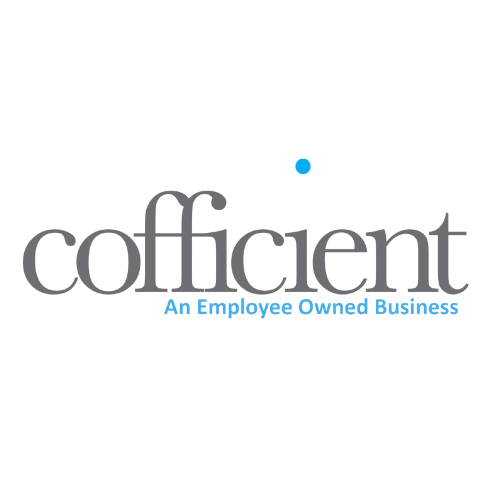
When Your Accounting Software Doesn’t Keep Up: A Guide for CFOs and Finance Directors
As your company scales, the tools and systems that once supported its growth begin to buckle under the pressure of increased complexity and volume. For CFOs and Finance Directors steering the financial health of rapidly expanding enterprises, recognising when you’ve outgrown your accounting software is critical. It’s like trying to fit into a pair of shoes you’ve outgrown – uncomfortable and limiting. I’m here to guide you through the signs that it’s time for a change and what steps to take next.
Recognising the Signs of Outgrown Accounting Software
- Performance Lag and System Crashes: Like a telltale heart, frequent system crashes and performance lags under heavier data loads signal that your software can no longer keep pace with your needs.
- Manual Data Entry and Processes: If your team spends more time manually entering data or creating workarounds for processes your software should automate, it’s a clear sign that your current system is no longer fit for purpose.
- Inadequate Reporting and Analytics: In the age of data-driven decision-making, if your software can’t provide real-time insights or customisable reporting, you’re navigating in the dark.
- Difficulty Integrating New Tools: As your business evolves, so does your tech stack. If your accounting software acts like a stubborn island refusing to integrate smoothly with other business systems, it’s time to look for a more cooperative solution.
- Compliance and Security Concerns: Regulatory compliance and data security are non-negotiable. If your current system can’t adapt to new regulations or protect your data adequately, the risk to your business is too great to ignore.
Your Next Steps: Moving Forward Without Looking Back
- Assess Your Needs: Before jumping into a new solution, take a comprehensive look at what your business needs today and in the foreseeable future. Consider scalability, functionality, integration capabilities, and compliance requirements.
- Market Research: The market is brimming with options tailored to a variety of business sizes and industries. From cloud-based platforms like NetSuite to more specialised software, the right solution is out there.
- Consult Stakeholders: Engage with your team and other department heads. Their insights on daily operational challenges and requirements can guide you to a solution that benefits the entire company.
- Demo and Test: Most providers offer demos or trial periods. Use these opportunities to test how well the software integrates with your existing systems and whether it meets your performance expectations.
- Plan Your Migration: Transitioning to new software is a critical phase. Develop a detailed migration plan that includes data backup, system integration, and staff training. Consider hiring an IT consultant to ensure a smooth transition.
- Ongoing Review and Adaptation: Once you’ve made the switch, continuously review the software’s performance and its alignment with your business objectives. Stay open to making further changes as your company grows and evolves.
I’d love to hear from my fellow CFOs and Finance Directors. What challenges have you faced with outgrown accounting software? How did you navigate the transition, and what impact has it had on your business? Share your experiences and let’s learn from each other.
Remember, outgrowing your accounting software is a sign of your business’s success. Embracing change and choosing a system that scales with you is not just an operational upgrade; it’s a strategic move towards future-proofing your company’s financial health.



